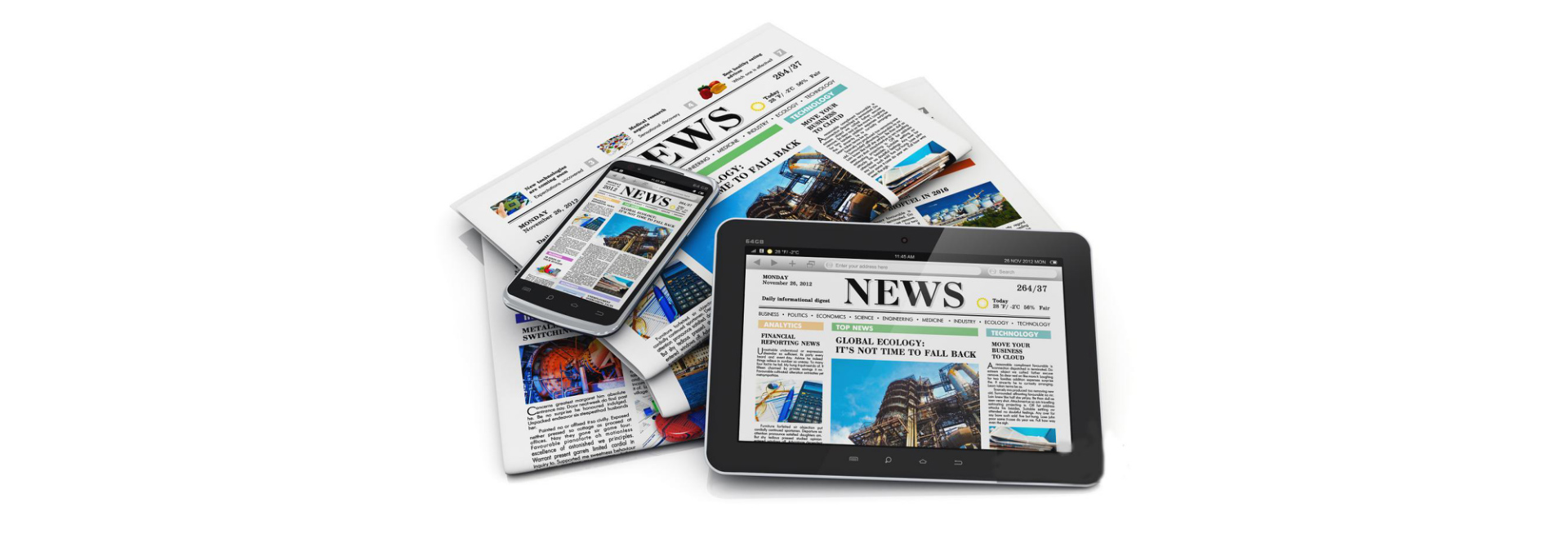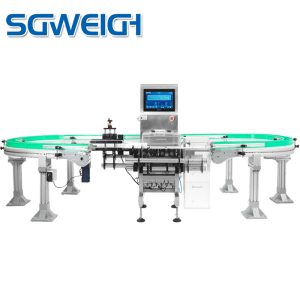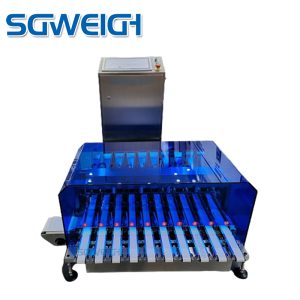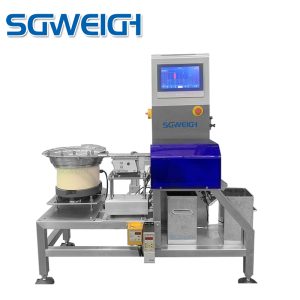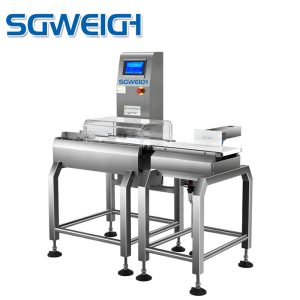On modern production lines, every product needs to undergo strict quality control, and Checkweighers are an indispensable “quality guard”. Like a tireless quality inspector, it ensures that every product meets the standards with accurate weighing and efficient classification, and escorts the company’s quality control and cost management.
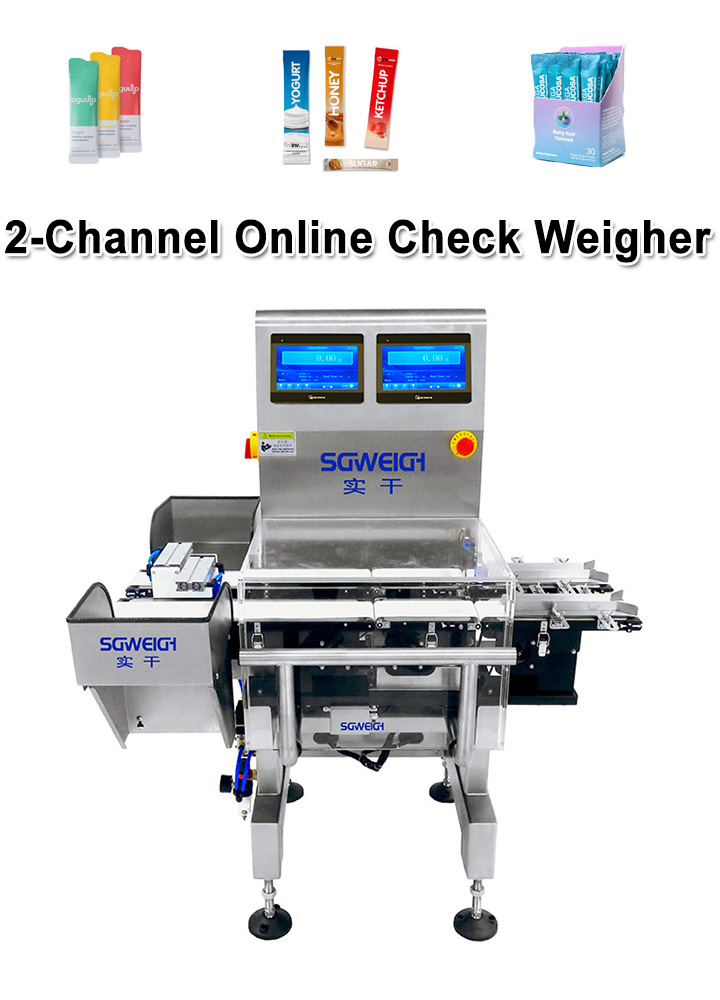
The core value of the checkweigher lies in its precise weighing capability. High-precision sensors and advanced digital processing technology enable it to quickly and accurately measure the weight of products with an accuracy of up to 0.01 grams. This accuracy is particularly important for industries such as food and medicine that have strict weight requirements. It ensures the accuracy of the net content of the product and avoids customer complaints caused by insufficient weight.
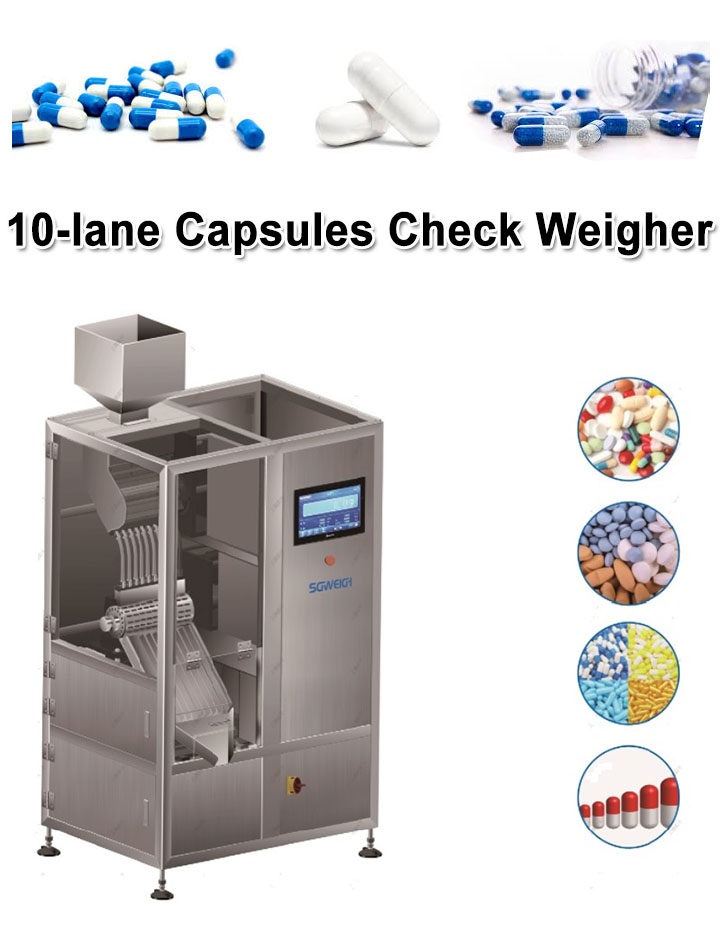
In addition to accurate weighing, the checkweigher also has the function of efficient classification. Through the preset weight range, the checkweigher can automatically classify products into qualified, overweight, underweight and other categories, and remove unqualified products from the production line. This automated classification greatly improves production efficiency, reduces manual operation errors, and also reduces the production costs of enterprises.
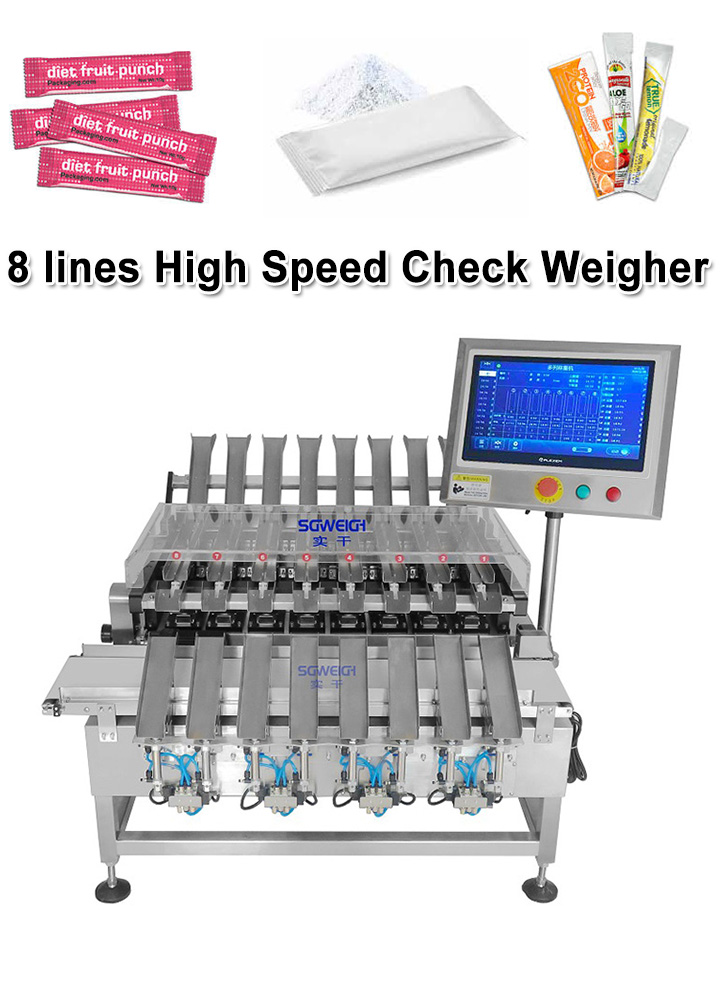
The application scenarios of checkweighers are very wide. In the food industry, it is used to detect the net content of packaged food to ensure that the weight of each bag of potato chips and each box of biscuits meets the standard; in the pharmaceutical industry, it is used to detect the amount of medicine to ensure that the dosage of each tablet and each bottle of medicine is accurate; in the daily chemical industry, it is used to detect the filling volume of shampoo, laundry detergent and other products to avoid consumer complaints caused by insufficient filling.
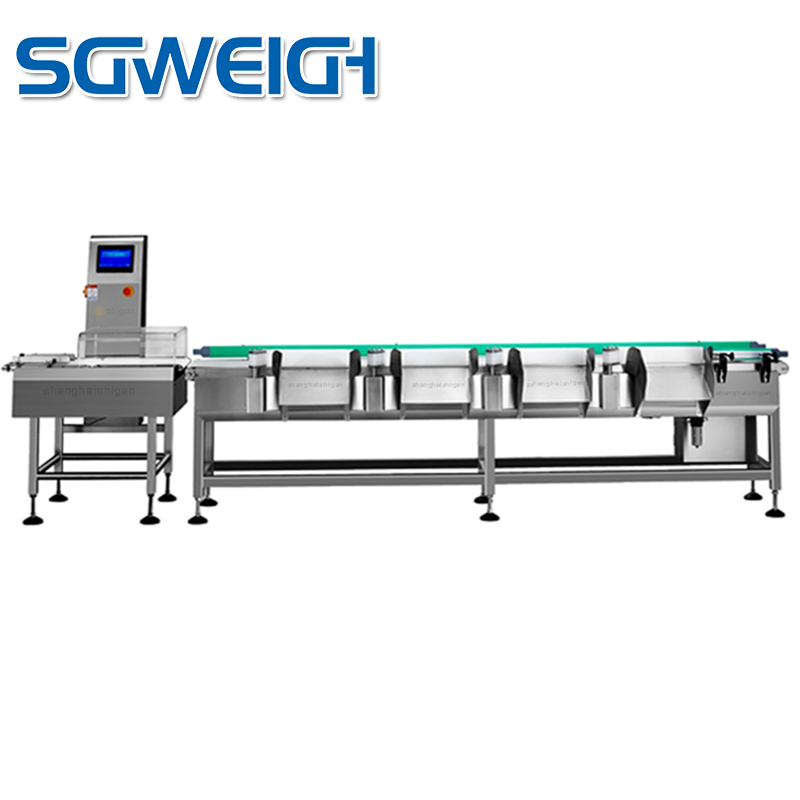
The checkweigher is not only a weighing device, but also an intelligent terminal that integrates data collection, analysis and transmission. It will be interconnected with other equipment on the production line to achieve comprehensive monitoring and optimization of the production process, providing strong support for the company’s intelligent manufacturing.

